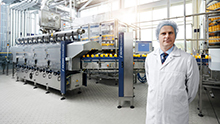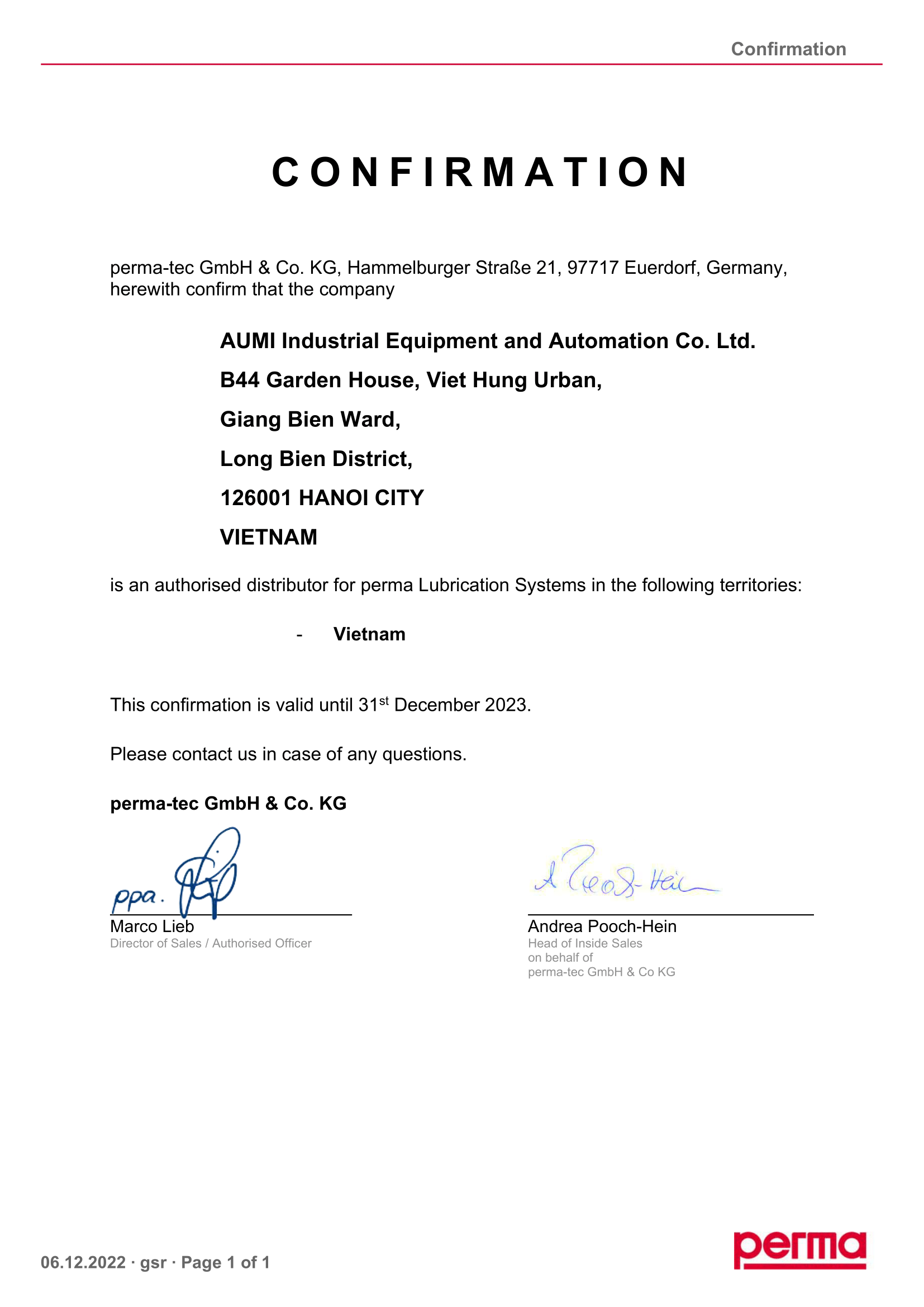With its “Green Products” initiative, SICK is supporting its customers in using resources more efficiently and minimizing negative effects on the environment. CO2 measuring devices for combustion, process, and drying plants, among others, help SICK customers reduce their greenhouse gas emissions. SICK provides sensor products for waste incineration plants, power, steel and cement plants, oil and gas industry applications, as well as for chemical and petrochemical plants. Together, these solutions make an important contribution to protecting our environment.
Why SICK is taking action
Commitment to the environment was also close to the heart of company founder Dr. Erwin Sick, who developed the first flue gas density measuring device to reduce air pollution in 1956. In addition to technological progress, the demands on companies worldwide to contribute to environmental and climate protection have also increased in recent decades. From production and logistics to energy generation and consumption as well as emissions monitoring, the use of resources more efficiently is essential in all sectors of industry. Sensors can help here, because they collect large amounts of relevant data, thus generating the transparency necessary for process optimization.
Sensor intelligence in action for the environment and climate
With its “Green Products” initiative, SICK is supporting its customers in using resources more efficiently and minimizing negative effects on the environment. CO2 measuring devices for combustion, process, and drying plants, among others, help SICK customers reduce their greenhouse gas emissions. SICK provides sensor products for waste incineration plants, power, steel and cement plants, oil and gas industry applications, as well as for chemical and petrochemical plants. Together, these solutions make an important contribution to protecting our environment.
In dust measurement technology, SICK is able to precisely detect dust concentrations with various measurement principles, thereby complying with emission limits or detecting process malfunctions in a timely manner.
In volume flow measurement, sensor systems from SICK take on various tasks, such as the calculation of volume flows in systems and the measurement of natural gas for the natural gas industry or emission monitoring for industrial processes.
These and other examples show how sensor intelligence from SICK can help companies achieve their environmental goals.
|
|
Example: Maritime industryShipping emissions harm people and the environment worldwide: More than 10 percent of the world’s CO2 emissions are attributed to international shipping. The International Maritime Organization (IMO) has therefore issued stricter regulations, which provide for significantly lower limits for ship exhaust emissions worldwide starting in 2020. With solutions from SICK, the shipping industry can reliably monitor its emissions. The measuring devices monitor exhaust gas scrubbers, which filter harmful sulfur oxides out of the exhaust gas from ship engines, thus ensuring clean air over the world’s oceans. |
|
|
Example: Steel industryWhen it comes to improving environmental protection, the steel industry not only has to reduce emissions. The efficient use of energy, materials and substances, water consumption, or the creation of waste and waste water are all also important starting points. Sensor technology from SICK can reduce bar, wire or beam waste in rolling mills, for example. By combining flow measurement and speed measurement to monitor and control the main fans, sensors from SICK can also optimize the electrical energy consumption of exhaust systems. |
|
|
Example: Mechanical engineeringDue to their high energy efficiency, the use of electronic, controlled drives in machines will increase significantly. SICK plays an active role in supporting this positive development with its motor feedback systems, which are specially adapted to suit synchronous motors. |
|
|
Example: Energy sectorWind energy plays an important role in sustainable energy management. With the help of sensors, the components of the plant, such as the rotor blades, can be adjusted so that the maximum amount of energy can be generated. For this adjustment process, SICK offers absolute encoders with magnetic scanning. |









